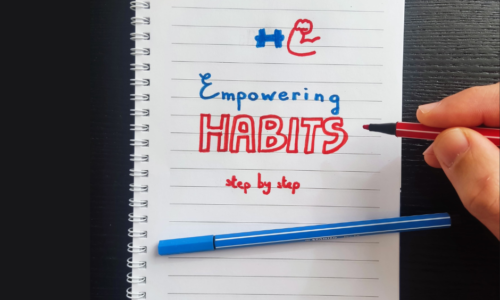
The teacher’s voice
- Inglese
- English, Freddie Mercury, Teacher, Voice
- 27 Settembre 2022
Every teacher’s nightmare is speaking in front of an audience when no one is listening. Smartphones aren’t really helping, because people’s attention span is slowly fading away. As teachers, we are aware that voice is an important asset and feature, but do we really know how it works? We are going to analyse four different aspects of the voice that can help us (and professionals) develop our voice consciousness.
Direction
Try this experiment. While speaking, move around, and see how listeners perceive your voice differently. Has being in front of your class had the same effect of standing behind? I bet not.
When a teacher wants to establish a T/SS rapport, it makes sense talking to them frontally. When he wants to reduce this barrier, it is better speaking from the back of the class. This can be applied to different situations, like a guided fantasy in a team building activity. If you speak from behind, slowly, with a gentle tone, you can reduce the emotional distance between you and the listeners, achieving a fusion between your and their inner self (Dufeu, Teaching myself).
Volume
Volume also plays an important role in getting people’s attention. All teachers have been students. When I think about my experience, I have memories of professors and teachers shouting dictations at me, sitting on their throne behind their desks. This method can be useful sometimes, but have you ever visited a class in which the teacher is whispering? You may think that students will be pretending not to sleep, but be ready to change your mind. They will be trying to catch every single word, and the mood of the class will also be different from the aggressive response the shouting teacher will get. Remember that (unfortunately), we are not playing in a rock’ n roll band.
Pitch
And about bands, my favourite singer ever is Freddie Mercury. In Queen’s songs he explored his vocal extent, giving the audience a wide range of different emotions. As a teacher, you won’t hear me singing in falsetto while explaining the present perfect to my students, but I do want to experiment with my voice. Speaking slowly, breathing deeply and using what I call my “zen voice”, will have a different impact on my students if sometimes I raise my voice to shock them (and will prevent hearing people snoring in the middle of the lesson). It is like reading a story out loud. It makes sense to adjust your voice for each part of the narration (Fanselow, Breaking rules). Try reading “But man is not made for defeat,” he said. “A man can be destroyed but not defeated.” (Hemingway, The Old Man and the Sea) with a high pitch, then from the bottom of your voice range. You will see the outcome is completely different.
Tempo
When we speak in front of an audience, we usually tend to speed up our speech if we feel nervous. To avoid this, some teachers try to slow down their speech, with the result of sounding unnatural. Better speak keeping your normal peace, maybe adapting if necessary (when teaching to a lower level class, for example).
Matteo Felici






zoritoler imol
hi!,I really like your writing very so much! proportion we keep in touch more about your post on AOL? I need an expert on this area to unravel my problem. May be that’s you! Looking ahead to look you.